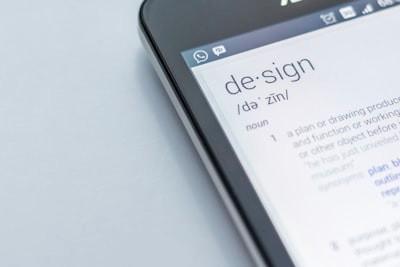Learn more about humanresources with this collection
Understanding the importance of constructive criticism
How to receive constructive criticism positively
How to use constructive criticism to improve performance
Discover 110 similar ideas in
It takes just
15 mins to read
All designers are multidisciplinary. Even if they don’t know it yet.
We've never hired anyone who specializes in information architecture or Wireframing. We've also never hired someone exclusively for Ui design, illustration, or motion Graphics.
We believe these are tools that can be learned, developed, and nurtured. We focus on the current strengths of a person, their potential and the things that got them in the room with us. If someone is interviewing at Playground, chances are they've done a little bit of everything.
3
5 reads
2. Stop hiring for fit — what will they add?
Do they think like you? do they act like you? do they look like you? do you immediately get along after a few interviews?. When we hire, we specifically think about what someone adds to our already dynamic team. Empower people to bring something new to the organization, let go and allow the culture to evolve in unexpected positive directions.
3
3 reads
3. Skip the resume. It’s not about their experience, but how they’ve gained it.
This may be controversial, but I only give resumes a quick glance. I want to see their work. If they have demonstrated they have the raw skills, they’ve got an interview.
3
3 reads
1. Here are some questions I’ve asked in the past:
- How did you find design? Did it find you?
- How did you get here?
- How do you learn?
- What type of designer do you want to be?
- What are you most excited to work on?
- To you, what’s important about the internet, technology and people?
3
3 reads
4. Be transparent
During our first interview, I’ll do 3 things. Learn about the person, sell them on Playground, and tell them what to expect next. When learning about the person, we find out what their goals are, the context of their previous work, and how Playground can help them in their career journey. We’re first collaborating to understand if this is the right role for them.
3
3 reads
5. Enough spec work
We ’ ve tried a ‘ solve Out-Loud’type of approach in the past. But nothing has been as consistent in identifying great designers as learning about how someone learns. We allow our candidates the appropriate space and time to walk us through their work. From there, we will be able to ask how they’ve made decisions, how they asked questions, and what level of experience they have within our specific context. Our work changes with every new client or challenge we take on.
3
2 reads
Lesson Learned
Designers should be reviewing candidates and conducting interviews. Try to identify unique questions that prove you give a shit about them. Build lasting relationships with the person you are interviewing.
This goes a long way in helping build respect and trust. Never show up cold or unprepared.
3
2 reads
Different Is Good
When we hire, we specifically think about what someone adds to our already dynamic team. We embrace differences in experience and personality. We want to be challenged and shown different perspectives on the world. We also welcome differences in expectation of work.
3
3 reads
CURATED BY
More like this
6 ideas
How to write great interview feedback
medium.com
5 ideas
1 idea
7 UX Deliverables: What will I be making as a UX designer?
interaction-design.org
Read & Learn
20x Faster
without
deepstash
with
deepstash
with
deepstash
Access to 200,000+ ideas
—
Access to the mobile app
—
Unlimited idea saving & library
—
—
Unlimited history
—
—
Unlimited listening to ideas
—
—
Downloading & offline access
—
—
Personalized recommendations
—
—
Supercharge your mind with one idea per day
Enter your email and spend 1 minute every day to learn something new.
I agree to receive email updates
